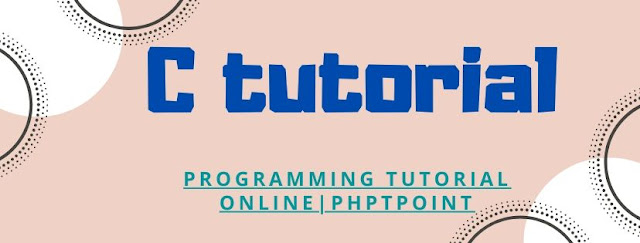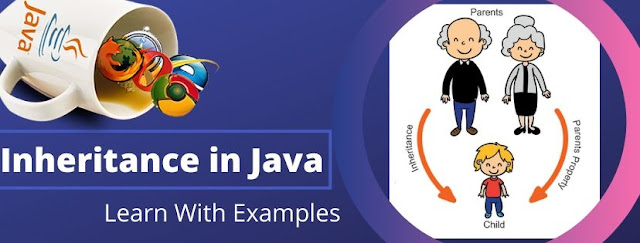C Tutorial

We present the ultimate C programming tutorials for beginners in easy and smooth steps to learn all the basic to superior ideas. We've designed these tutorials for programmers so they can understand the language of programming C from scratch. Our tutorials aim to impart sufficient C programming language know-how from which you can improve your abilities to a higher level. A brief history of C programming to come up with – It is a general-purpose, modular, revolutionary pc programming language conceptualized on the Bell Labs in 1972 through Dennis M. Ritchie. He worked to develop the UNIX OS. Soon, it became the most commonly recognized language for coding in the world. Over the years it managed to top the maximum-used programming languages recognition list. This has faced fierce rivalry with object-oriented languages such as C++ and Java. However, the ease of use, pace, and overall performance that C would want to provide may not be safe. Features of C language...


